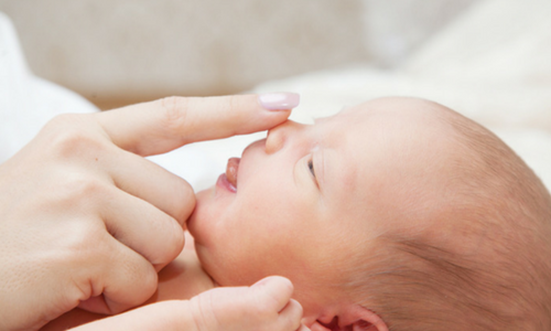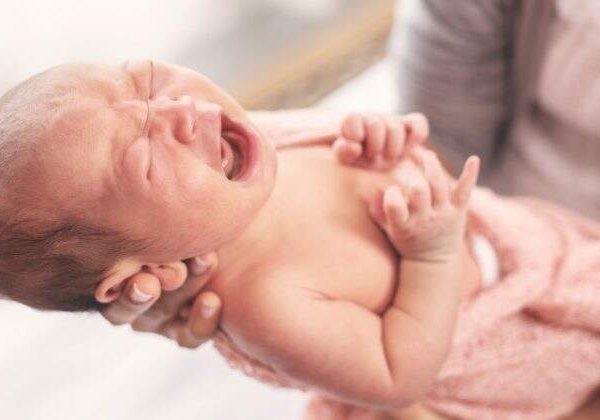The baby nest has been gaining a lot of popularity due to the practicality and aid it offers, especially for mommies with busy daily routines. Find out what it is, what it is for, and what are the advantages of the accessory.
Great ally of moms in everyday life, the baby nest helps a lot in the little one’s adaptation to the world, especially in the first months of life.
Also known as a crib reducer nest, its function is to reduce the internal space of the furniture, providing a feeling of accommodation and more peaceful sleep for the baby. In addition, it can be transported to different places, facilitating the running routine of mothers.
Check out the main information about the accessory!
What is a baby nest and what is it for
The baby nest is a really practical accessory. Portable, it’s easy to carry wherever you go. Placed in the crib, the nest acts as a sort of retractable bed. It is made of padded material and has protected sides, which prevent the baby from rolling over. So it can also be used when newborns sleep in their parents’ bed.
The main function of the product is to simulate the maternal uterus. When a baby is placed in a crib, it takes time for him to get used to having plenty of space available, as this is the exact opposite of the mother’s womb. In the nest, he feels welcomed and safe, as if he were still in his mother’s womb. Its use combined with a good sleep routine helps to calm the newborn and makes him sleep better. As a result, both children and parents are more relaxed in their routines.
How long should the accessory be used?
The baby nest is especially important for the first 3 months, since at this stage, according to the theory of exterogestation, the baby remains in symbiosis with the mother, as if it were a pregnancy outside the womb. In this context, his adaptation to the external world is softened by the use of the nest, which provides shelter for the mother’s belly.
However, besides being really useful for newborn babies up to one year old, there are still many options available, larger and even adjustable for children up to 3 years old.
Ideally, the baby should start using it from birth, to soften the impact he has when faced with the outside world. Try to choose the type of crib that best suits your little one’s needs, to determine the size of the nest and even when your little one will need it.
The baby nest is safe
Doubts about the safety of the baby nest are common.
The fact is that babies, especially newborns, are more comfortable and fall asleep more easily in the nest. Its shape does not let the child fall, as it acts as a protective barrier. With that, we can say that the nest itself is safe for babies.
However, attention must be paid to the following points:
- Are there strings or loose parts that could injure your baby?
- Are the edges thick, with a fold close to the mattress?
- Is the nest made of material other than cotton, which can cause suffocation and irritation to the baby’s skin?
All these elements are important, in addition of course to following the instructions for using the nest, avoiding safety risks to your little one.
Yogi Baby Nest: easier for moms
The Yogi Baby Nest is a very practical item and deserves to be placed on the baby shower trousseau or gift list. That’s because it’s the perfect place for your little one to rest, especially during the first few months of life.
When purchasing the Yogi Baby nest, you receive an ecobag travel bag and you can take it anywhere, as it is light and portable. Considered one of the safest nests on the market, it is made with eco-sustainable materials.
With no straps or loose parts that could cause injury to your baby, it’s made of 100% cotton material and has a minimalist design, thought for your little one’s comfort. It delimits a safe area for baby’s interaction with toys and people, allowing him to socialize with the environment in a protected way.
It is important to highlight that, for greater safety of the baby, use must be supervised and night sleep must always be done in the crib, without accessories, according to the recommendations of pediatric institutions.
Did you like the tips? Leave your comment below.



